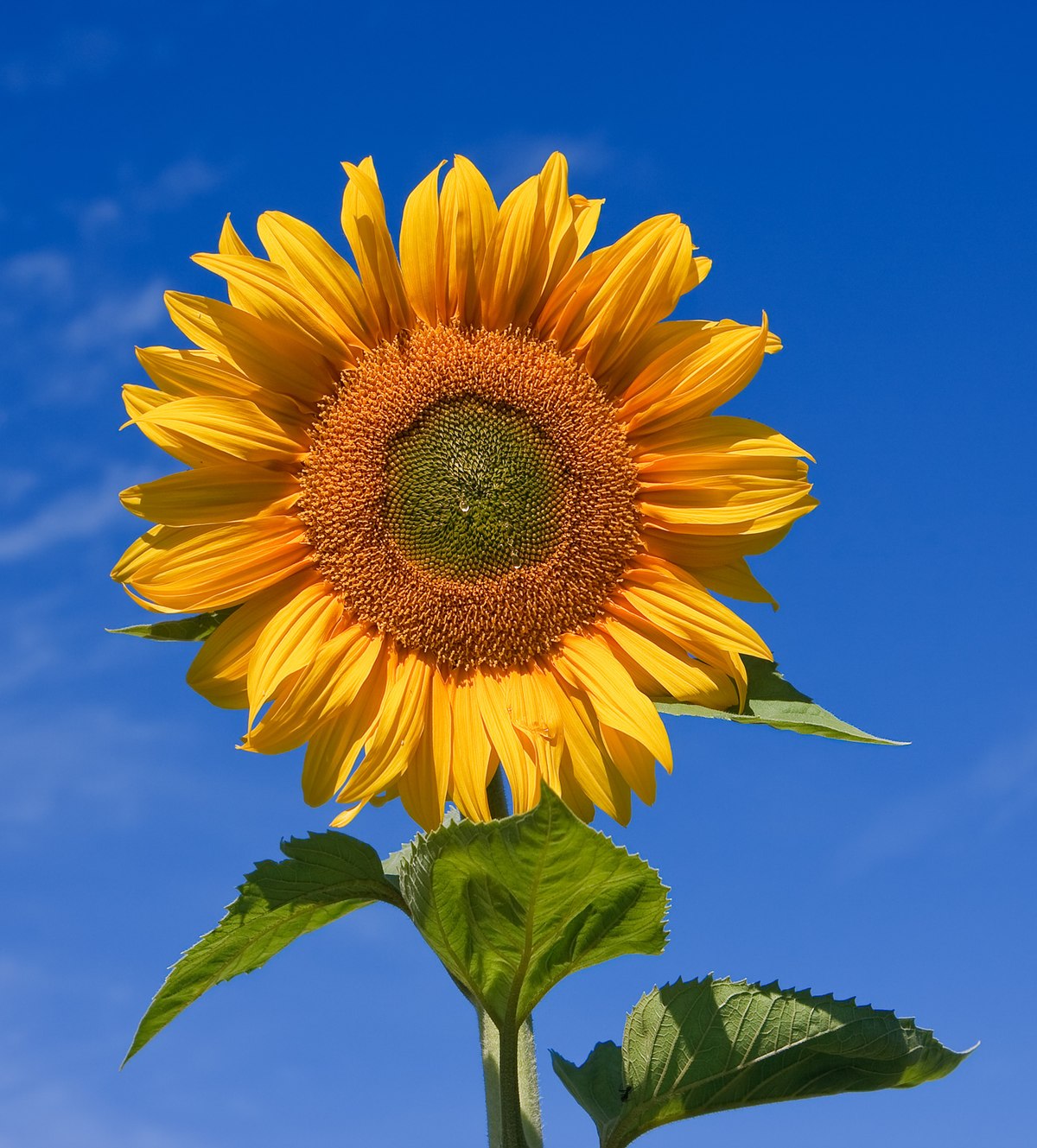Helianthus: The Golden Sunflowers
Helianthus, commonly known as sunflowers, are a genus of flowering plants in the family Asteraceae. Native to North America, sunflowers have captivated humans for centuries with their striking appearance and versatility. Their large, golden petals and tall, sturdy stems have made them popular symbols of happiness, warmth, and the sun.
In this comprehensive article, we will delve into the fascinating world of Helianthus plants. We will explore their botanical characteristics, historical significance, cultivation practices, and various uses.

Sunflowers exhibit a wide range of botanical variations within the genus Helianthus. However, they share several common characteristics:
Stems: Sunflowers typically have tall, sturdy stems that are covered in coarse hairs. These stems provide structural support for the heavy flower heads.

The history of sunflowers is intertwined with the cultures of Native American tribes. They were cultivated for food, oil, and medicinal purposes. The Aztecs and Incas also recognized the value of sunflowers and incorporated them into their agricultural practices.
European explorers introduced sunflowers to Europe in the 16th century. They quickly gained popularity as ornamental plants and were eventually cultivated for their oil. Today, sunflowers are grown in many parts of the world for their economic value and cultural significance.
Sunflowers are relatively easy to grow and thrive in various climates. Here are some key aspects of sunflower cultivation:

Sunlight: Sunflowers require ample sunlight to produce healthy growth and abundant blooms. They should be planted in a location that receives at least six hours of direct sunlight per day.
Sunflowers have a wide range of uses, both practical and ornamental. Some of the most common uses include:
Food: Sunflower seeds are a popular snack and are also used in birdseed mixes. Sunflower oil is extracted from the seeds and is used in cooking and as a biodiesel fuel.
Helianthus plants, or sunflowers, are a fascinating and versatile genus of flowering plants. Their striking appearance, historical significance, and diverse uses have made them popular worldwide. From their cultivation in Native American gardens to their modern-day applications in food, industry, and medicine, sunflowers continue to captivate and inspire people around the globe.

:strip_icc()/Star-Jasmine-Bb09HQPpasXBPjzYMW55cV-cae2b5707aa74a3ba328959ad0357284.jpg?w=200&resize=200,112&ssl=1)



